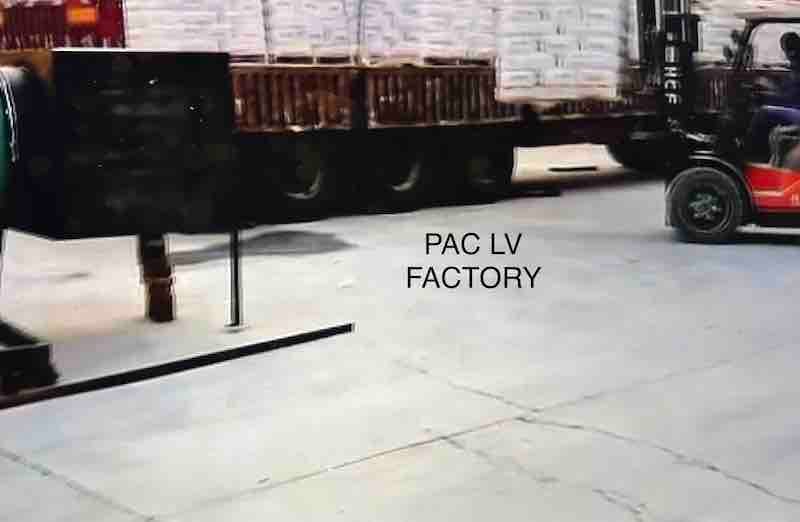
The Manufacturing Process of PAC LV From Cellulose to Drilling Fluid Additive
Polyanionic Cellulose Low Viscosity (PAC LV) is a water-soluble polymer derived from cellulose, a natural polymer found in plants. The manufacturing process of PAC LV involves several steps to transform cellulose into a high-quality additive for drilling fluids. Let’s explore the key stages involved in the production of PAC LV.
Sourcing and Preparation of Cellulose
The first step in the manufacturing process of PAC LV is the sourcing and preparation of cellulose. Cellulose can be derived from various plant sources, including wood pulp, cotton linters, or agricultural byproducts. The cellulose is obtained through a series of processes such as pulping, bleaching, and purification to ensure its purity and quality.
Alkali Treatment
Once the cellulose is prepared, it undergoes an alkali treatment. In this stage, the cellulose is mixed with an alkali solution, typically sodium hydroxide (NaOH). The alkali treatment aims to break down the cellulose fibers and solubilize them, forming a sodium salt of cellulose known as alkali cellulose.
Table of Contents
ToggleEtherification
After the alkali treatment, the alkali cellulose is further processed through etherification. Etherification involves the reaction of alkali cellulose with an etherifying agent, such as monochloroacetic acid (MCA) or sodium monochloroacetate (SMCA). This reaction leads to the substitution of hydroxyl groups in cellulose with ether groups, resulting in the formation of polyanionic cellulose.
Acidification and Filtration
Following etherification, the polyanionic cellulose is acidified to neutralize any excess alkali present in the reaction mixture. Acidification is typically achieved by adding a mineral acid, such as hydrochloric acid (HCl), to adjust the pH of the solution. This step helps in achieving the desired properties and stability of PAC LV.
After acidification, the solution is subjected to filtration to remove any insoluble impurities or undissolved cellulose residues. Filtration ensures the purity of the PAC LV product and eliminates any potential contaminants that could affect its performance in drilling fluids.
Drying and Granulation
Once the solution is filtered, it undergoes a drying process to remove the remaining moisture. Drying is typically carried out using methods such as spray drying or rotary drying, depending on the manufacturing facility’s capabilities. The aim is to obtain a dry, granular form of PAC LV that is easier to handle, store, and transport.
Quality Control and Packaging
Quality control is an integral part of the PAC LV manufacturing process. Samples from each batch are tested to ensure they meet the specified quality standards. Parameters such as viscosity, pH, moisture content, and purity are analyzed to validate the product’s quality and consistency.
Following quality control, the PAC LV is packaged in suitable containers, such as bags or drums, to protect it from moisture and external contaminants. Proper packaging ensures the preservation of PAC LV’s properties during storage and transportation.
Conclusion
The manufacturing process of PAC LV involves sourcing and preparing cellulose, alkali treatment, etherification, acidification, filtration, drying, and granulation. Each stage plays a crucial role in transforming cellulose into a high-quality additive for drilling fluids. Through stringent quality control measures, PAC LV manufacturers ensure the production of a reliable and effective product that enhances drilling efficiency, fluid-loss control, and overall drilling performance.

